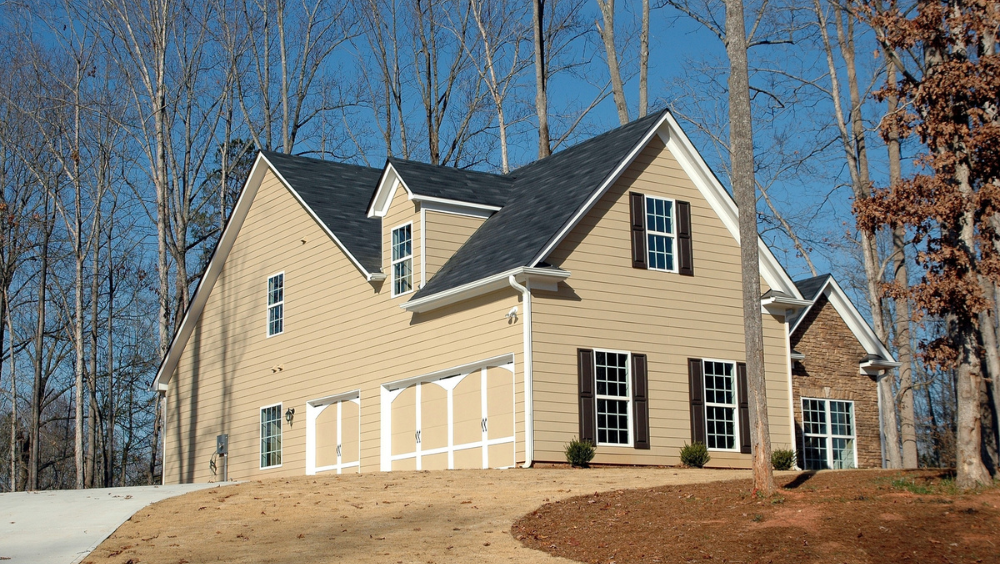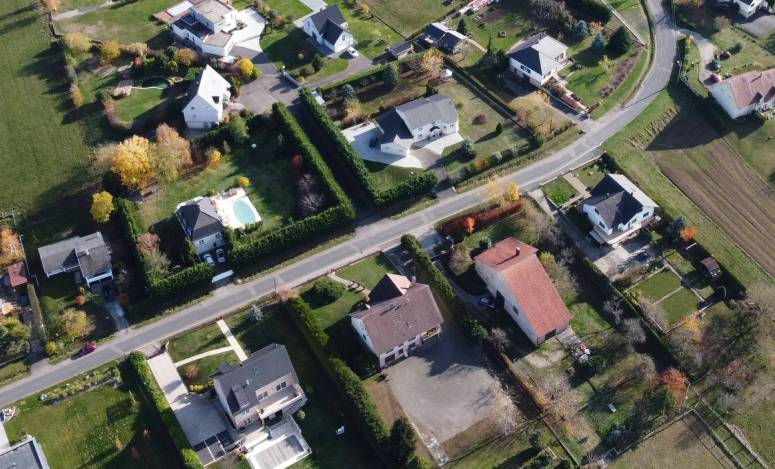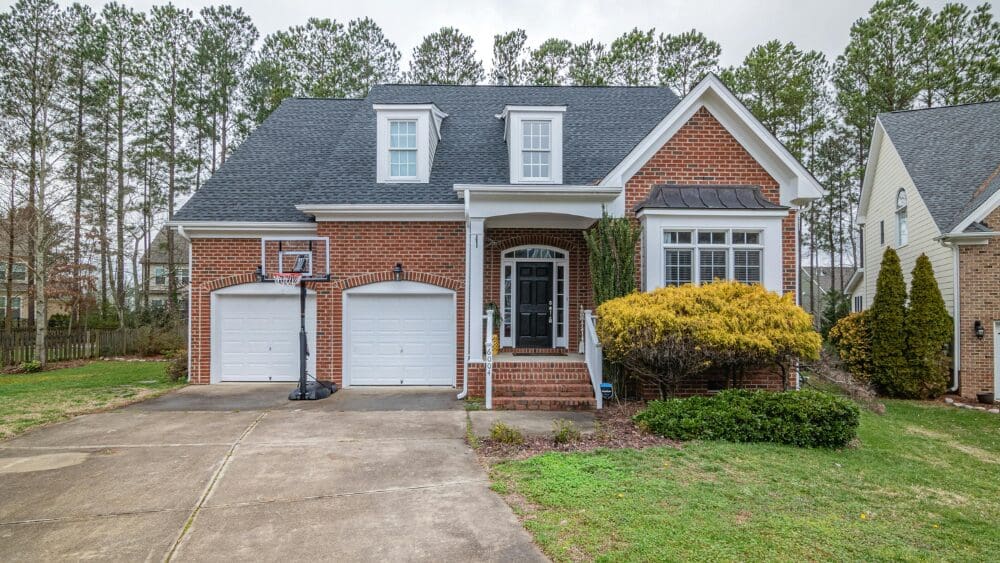
Navigating the tightrope of selling your old home and buying a new one in Georgia can be a daunting challenge. The balancing act becomes even more intricate when faced with low inventory and high prices in today’s real estate market. You might find yourself in a predicament where it seems the only option is to sell your home, move out, and temporarily relocate while you hunt for your new dream house. But there’s a smoother path to consider. A bridge loan could be the key solution you’re searching for. As a short-term financing option, bridge loans offer the unique advantage of helping you purchase your new home before you’ve sold your old one. This innovative solution might just be the missing piece in your home buying and selling puzzle. In this post, we’ll provide tips and insights about bridge loans in Georgia and how to Buy Before You Sell. A bridge loan is a lifeline when you’re in the thick of transitioning from your current home to your next one. Essentially, it’s a short-term loan that offers you the necessary funds to secure your new property before your existing home sells. This type of loan leverages the equity in your current home, giving you the financial flexibility to make a down payment and handle closing costs on your new purchase. Picture a bridge loan as your financial stepping stone. It serves to “bridge” the often tricky gap between the sale of your old home and the acquisition of your new one. Typically, bridge loans are structured to last between six months to a year, though the exact duration can vary based on your unique financial situation and the specific policies of your lender. Due to their temporary nature and the inherent risks involved, bridge loans usually carry slightly higher interest rates compared to traditional mortgages. In Georgia, a typical scenario where you might consider a bridge loan is when you’re eager to snap up your new dream home before your current one has found a buyer. In this situation, the equity from your existing home becomes your financial springboard, covering the down payment and closing costs for your new abode. Often, the same lender who’s working with you on your new mortgage will also facilitate your bridge loan. They usually require that your current home is already on the market and offer the bridge loan for a period ranging from six months to a year. A critical aspect your lender will assess is your debt-to-income ratio (DTI). This calculation takes into account the mortgage payments on both your old and new homes, along with the interest-only payments on the bridge loan (if applicable). However, if your current home is already under contract and the prospective buyer has secured their loan, your lender might only consider the mortgage payment on your new Georgia home in the DTI equation. This approach helps ensure that you’re financially comfortable managing payments on both properties, especially if your old home doesn’t sell immediately. Bridge loans in Georgia come with several advantages that can make your homebuying experience smoother and more flexible: These benefits collectively position a bridge loan as a practical and strategic choice for Georgia homebuyers who may be financially stretched before selling their previous property. With a bridge loan, the proceeds from the sale of your old home can comfortably cover the loan repayment. Bridge loans, while offering flexibility and solutions in certain situations, also come with their own set of challenges: These drawbacks highlight the importance of carefully considering your financial situation and consulting with a financial advisor before opting for a bridge loan. A bridge loan may not be the universal answer for all real estate deals, but in certain circumstances, it can significantly ease the transition from an old home to a new one: Especially relevant if you’re unable to prepare or stage your current home for sale while still residing in it. A bridge loan allows you the financial freedom to move out and showcase your home in the best light, potentially leading to a faster sale and better offers.What is a bridge loan?
How does a bridge loan work in Georgia?
What are the benefits of a bridge loan in Georgia?
What are the drawbacks of a bridge loan?
When is a bridge loan a good solution?



